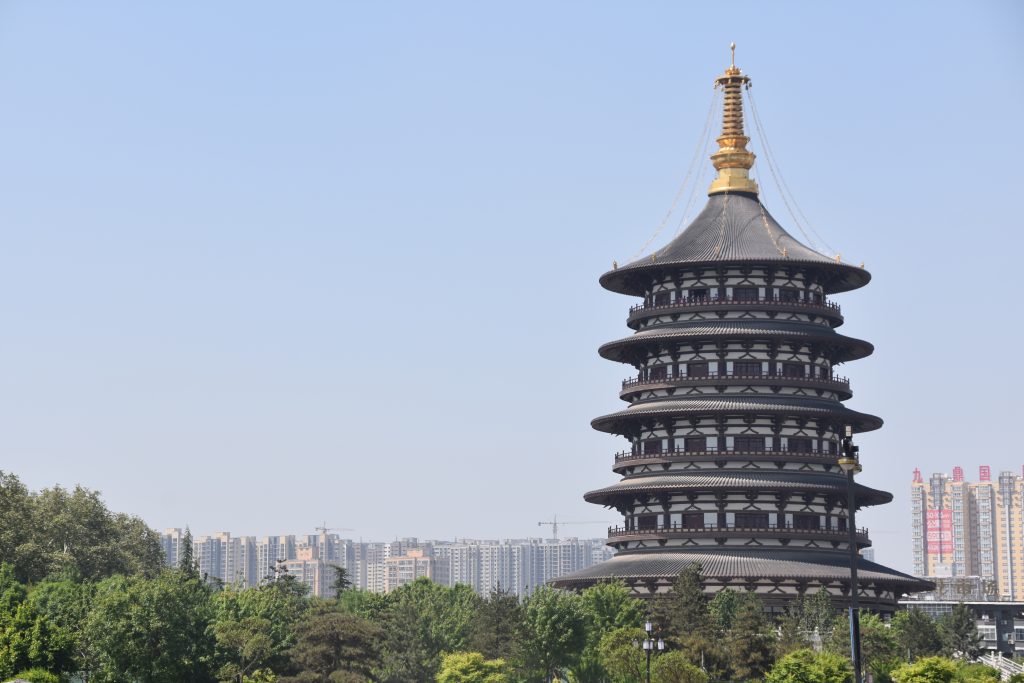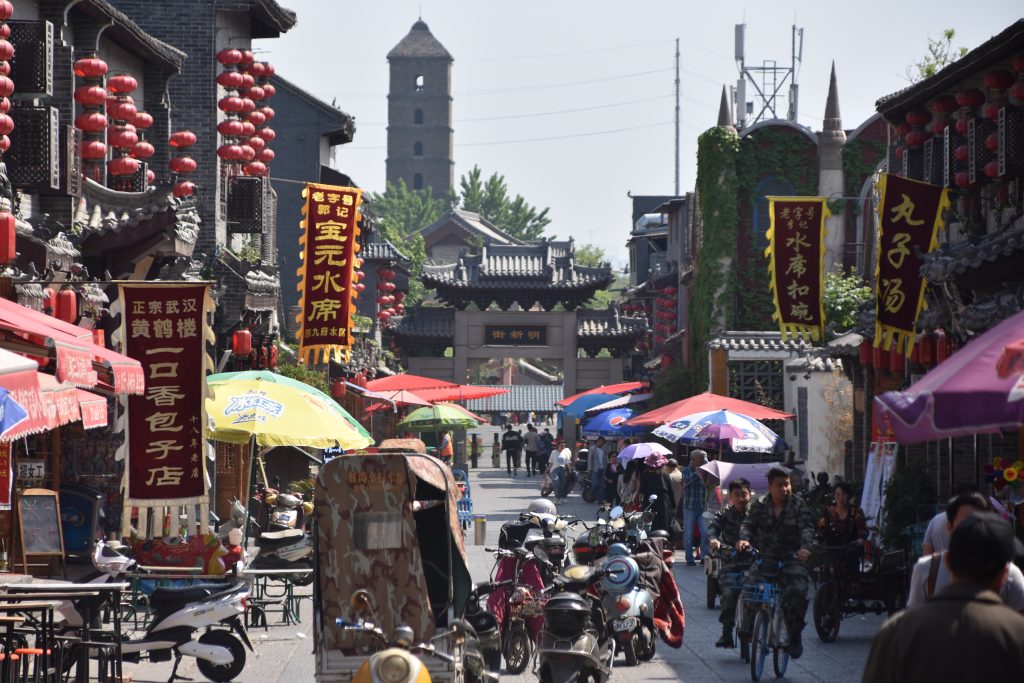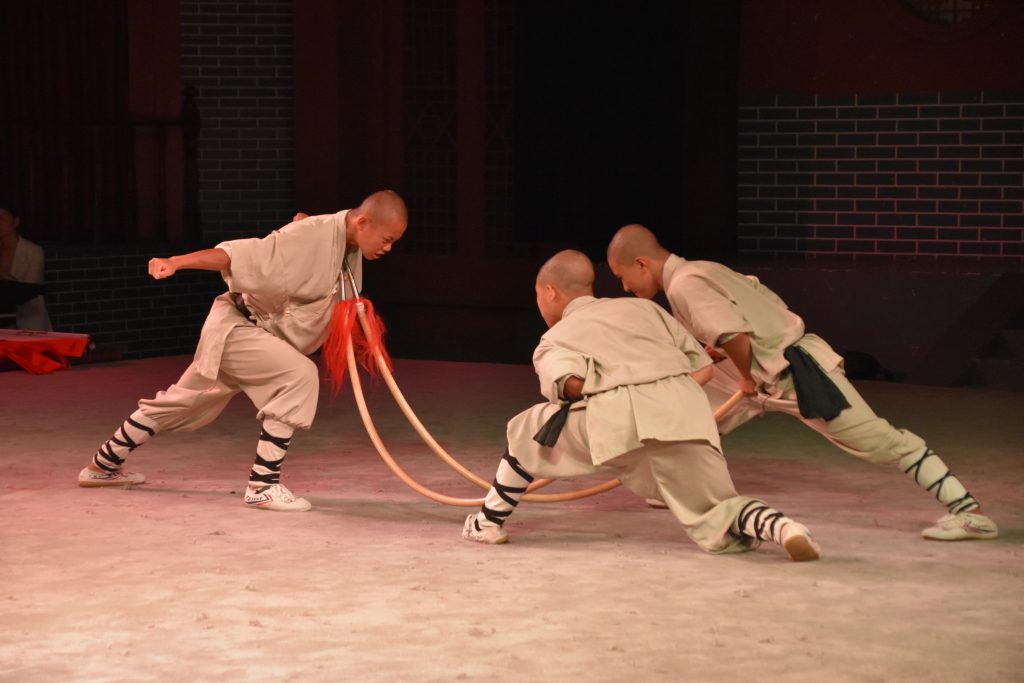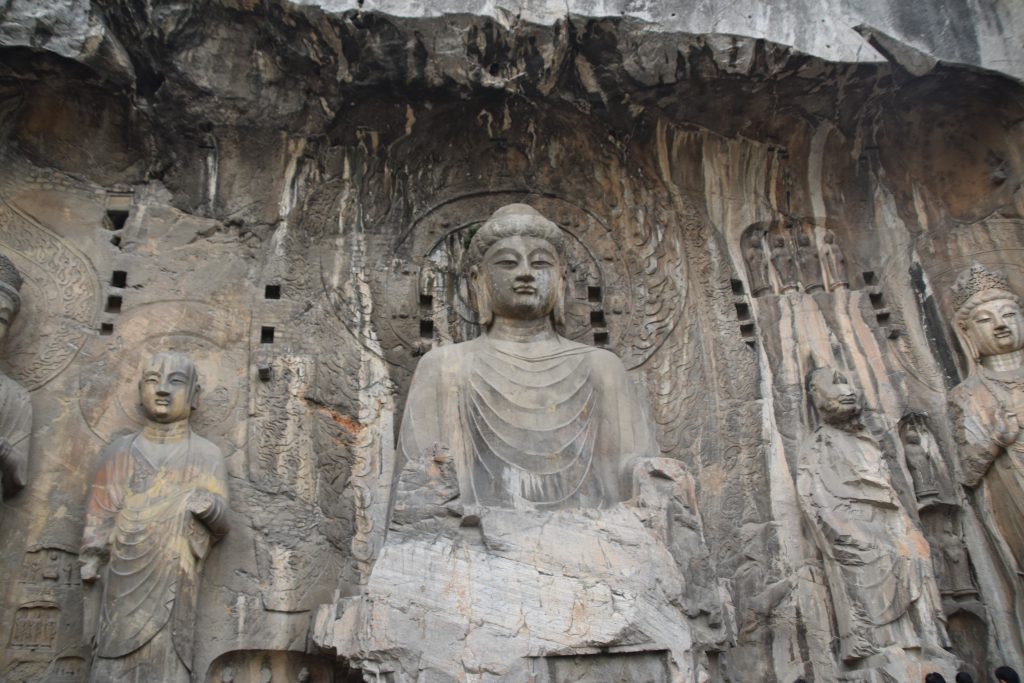Introduction
The city of Luoyang in China’s Henan Province is a hugely popular tourist site for domestic tourists. Ask anyone from China what they know about Luoyang and they will usually reply with “Peonies”, as the city is considered the home of China’s national flower.
There is a lot more to Luoyang than just peonies though, as it was in fact the ancient capital of the Middle Kingdom and once starting point of the Silk Road. Buddhism first came to Luoyang before spreading throughout China and farther afield after an emperor sent emissaries to India to learn the scriptures.
Luoyang is also considered the birthplace of Kung Fu and this ancient martial art is still taught at nearby Dengfeng and at the world-famous Shaolin Temple.
Given all this, Luoyang is criminally neglected by foreign tourists who shun it for the well-trodden cities such as Beijing, Xi’an and Chengdu.
Where is Luoyang?
Luoyang is situated on the northern planes of Henan Province, just south of the Yellow River. It is only 30 minutes by train from the transport hub of Zhengzhou and Xi’an is just 90 minutes away by fast train.
Best Time to Visit Luoyang
Many consider April to be the best month to visit as the city bursts with colour as the peonies come into bloom and the Peony Festival begins. Legend has it that Empress Wu Zetian (624 – 725) banished the flowers from Xi’an as they refused to bloom when ordered, and have since become synonymous with the city.
Spring in general, as well as autumn are good times to visit as the city is warm, but without the intense heat and humidity of summer. Winters are mild with only a few days of snow each year, but the pollution increases in winter so it’s not an ideal time to visit.
Top 10 Luoyang Sites
Longmen Grottoes
The UNESCO listed Longmen Grottoes is a large site containing thousands of carvings of the Buddha set into the mountainside along the Li River. The statues range in size from 2cm to a staggering 17 metres and culminate with the Fengxian cave containing the largest statues.
The site also includes a temple and gardens and its possible to take a river cruise to get amazing views of the grottoes.
White Horse Temple
In 864AD Emperor Ming of the Eastern Han sent emissaries to India to study the Buddhist scriptures. Three years later they returned to Luoyang with a white horse and the temple was constructed in their honour.
As well as the beautiful Chinese temples, tranquil courtyards and pagoda, the site is now home to impressive Thai, Burmese and Indian temples.
Luoyang Old Town
Although small, Luoyang’s old town is a charming area of cobbled streets, city walls and street food that any visitor to the city must sample.
The old town is full of craft stalls and shops selling hand-painted and carved souvenirs for prices you can hardly believe. There is also a reconstructed “ancient town” with daily folk displays.
Horse & Chariot Excavation Pit
The horse and chariot museum contains a large excavation pit containing several horses and their chariots; one of the only such finds in all of China.
There is a small museum situated next to the pit containing ancient pottery, weapons, musical instruments and other artifacts.
Ancient Art and Tomb Museum
Located next to the airport, Luoyang Museum of Ancient Art and Tombs contains 25 burial chambers complete with burial objects destined to help those in the next life
Here you will also find some excellently preserved wall art and ancient frescos, as well as a large burial mound containing the grave of Emperor XuanWu (483 – 515).
Mingtan Scenic Area
The Mingtan Scenic Area houses a large museum with ultra-modern displays of Luoyang’s ancient past. There is a small excavation pit, ancient artifacts, digital dioramas and a large cinema showing a short film of the city’s history.
Next to the museum is a large Pagoda that you can scale for stunning views across the city and to the nearby mountains.
Wangcheng Park
One of the principal sites of the Peony Festival in April & early May, Wangcheng Park is a joy year-round and makes a pleasant escape from the hustle of the city.
The park has a small lake, river, windmill and an amusement park with a large Ferris wheel. There is also a zoo, but unless you enjoy seeing animals suffer, please avoid it!
National Flower Garden
The National Flower Garden is home to the largest display of Peonies in China (around 500,000 in 9 different colours). The site covers 255 acres alongside the Luo River.
The tranquil gardens are home to picturesque pavilions and walkways and there is a small writing museum containing over 2,000 relics on site.
Fengxiang Hot Springs
One of Luoyang’s AAAA attractions, the Fenggxiang hot springs are a great place to unwind and take a dip in the health-giving waters (which can be enjoyed even more with a cold beer).
There are ten indoor and outdoor springs, a wave pool, gym, sauna and bars, restaurants and cafes on site. A great day out!
Shaolin Temple
The Shaolin Temple is located close to Dengfeng which is a two-hour bus ride from Luoyang. It can easily be done as a day trip, but to get the most out of the place consider spending the night in Dengfeng so you can take advantage of the fantastic hiking at Song Mountain.
Entrance to the Shaolin Temple includes a 30-minute jaw-dropping Kung Fu display, entrance to the temples, the eerily beautiful Pagoda Forest and Song Mountain National Park.
How to get to Luoyang
Luoyang airport is located 11km north of the city and has domestic flights to all major Chinese cities, as well as weekly flights to Thailand and Japan in summer.
Luoyang is easily reachable by Beijing (4hrs), Chengdu (5hrs), Shanghai (6hrs) and Xi’an (1.5hrs) by fast train.









